The cat is out of the bag: the FOX Live Valve system is official. There’s been lots of talk about FOX working on an electronic suspension system for some time, but nobody knew what the system could do, how it would work and whether it really made sense. We’re here to answer the most important questions.
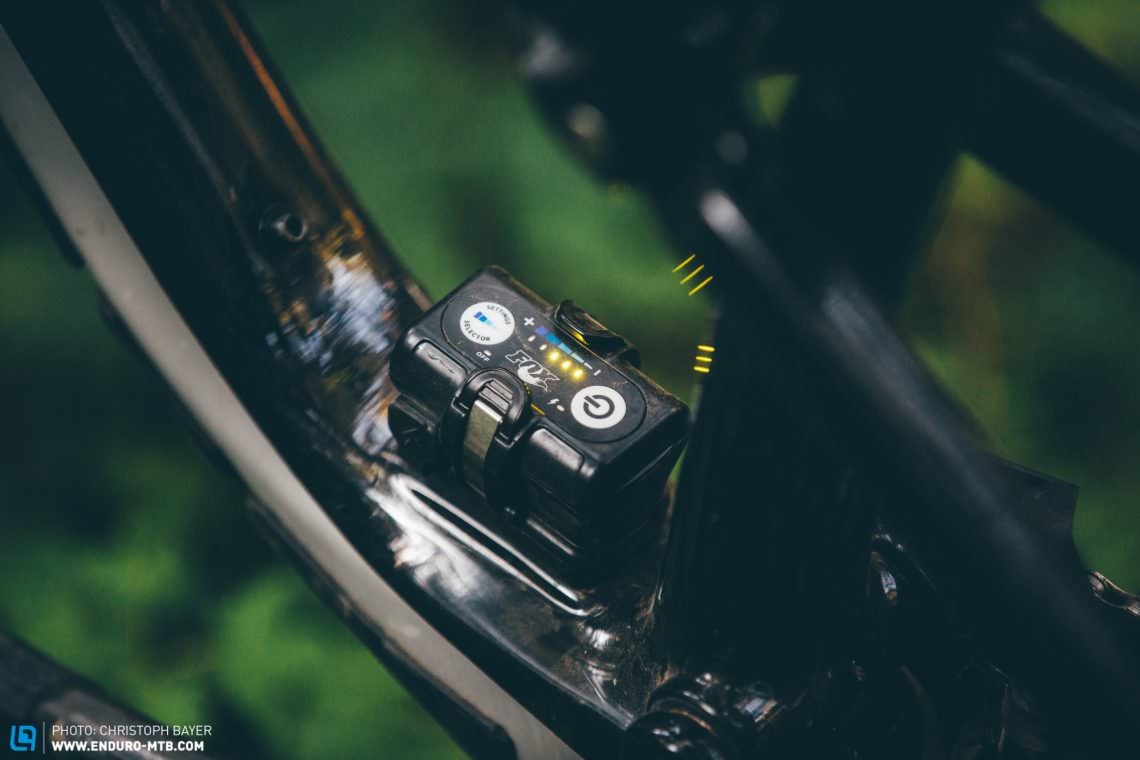
What is FOX Live Valve?
In one sentence: Fox Live Valve is an electronic system that automatically adapts the suspension to the conditions on the trail with the help of sensors on the fork and rear end.
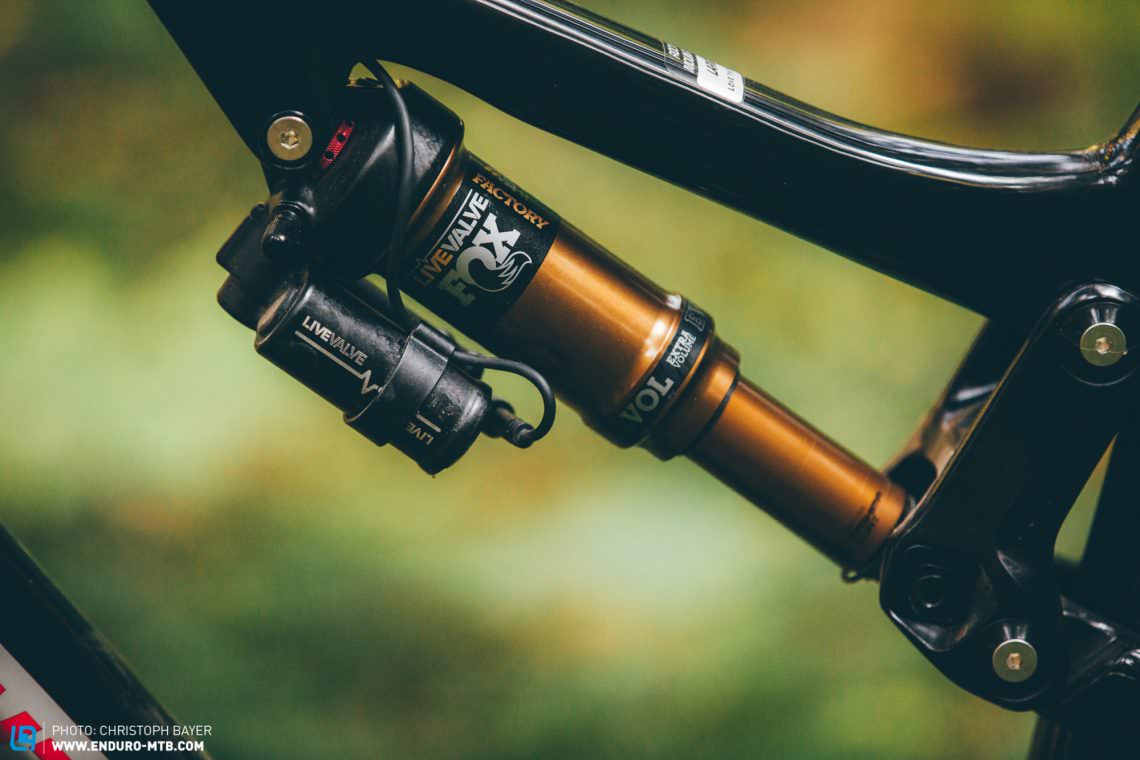
How does the FOX Live Valve System work?
The Fox Live Valve System consists of several components: three sensors, a battery, a controller and the two Live Valve valves. While riding, the sensors take 1000 measurements per second to check for impacts. If it senses an incoming impact, the Live Valve valves open within 3 milliseconds – 100 times faster than a blink of an eye! In other words: as a bump hits the fork, it opens faster than the rider will even notice.
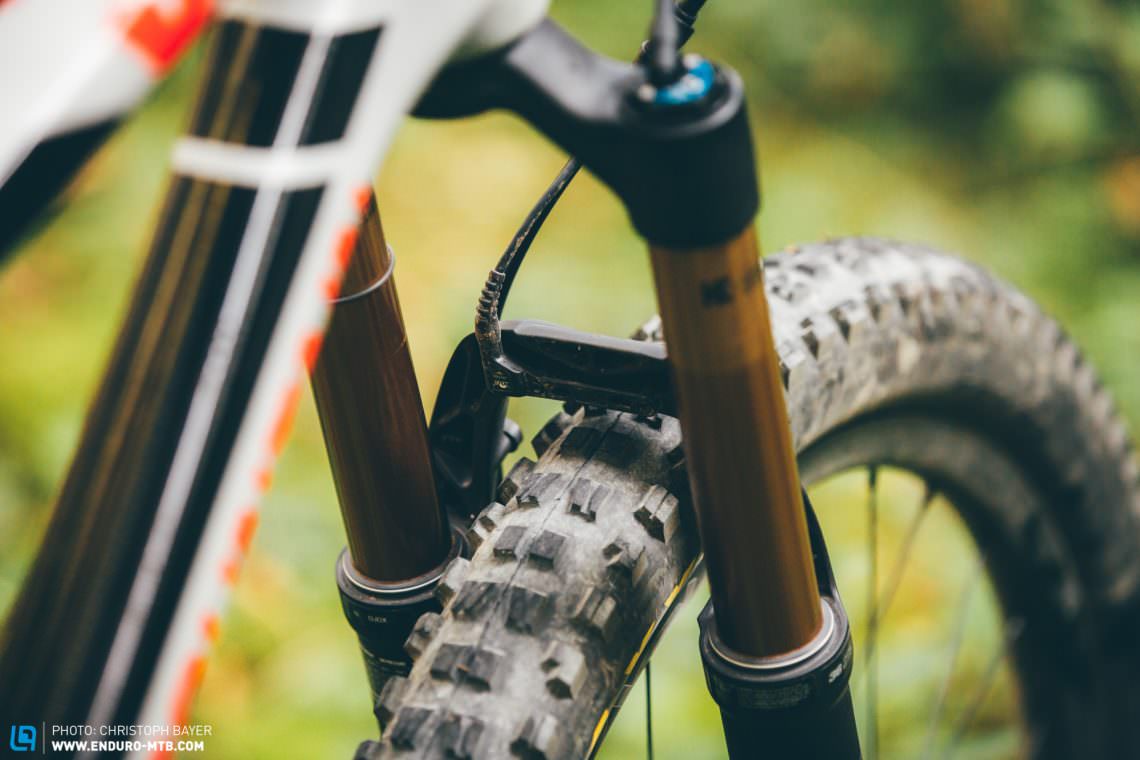
The sensor in the controller also detects free-fall phases and thus reliably opens the suspension, during a jump or drop for example. Also, the sensor knows whether you are on flat terrain, or going uphill or downhill. This, in turn, has an influence on the impact intensity at which the system opens and how long it then remains open.
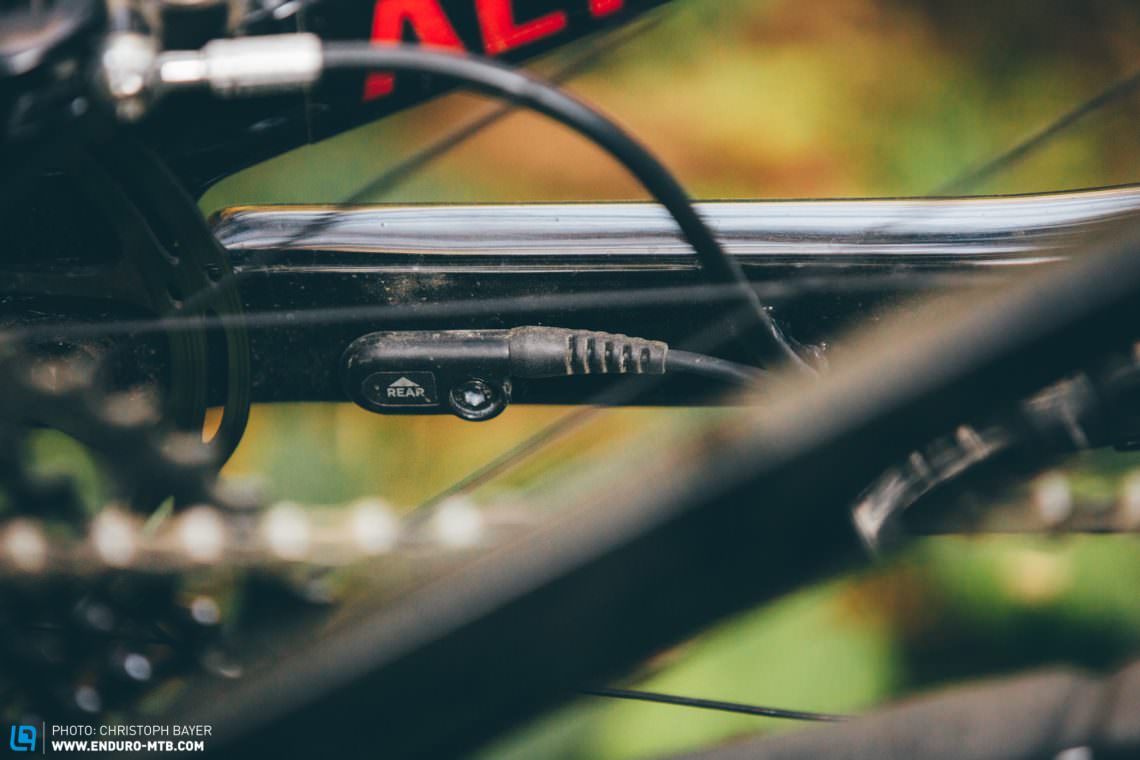
What does the algorithm do with the information?
The Fox Live Valve System has two positions: open and closed. Based on the information from the sensors, the algorithm controls the valves. The moment an impact hits the fork, it automatically opens the fork and the shock. Depending on the selected mode (five are available), the suspension then remains open for different lengths of time. If there is another impact while the suspension is open, the system remains open. If there are no more impacts, the suspension automatically stiffens again. However, in the case of many consecutive impacts, like on a downhill run, the system remains open throughout.
How to operate the FOX Live Valve System?
The FOX Live Valve System is designed in such a way that riders shouldn’t have to worry about it when they’re out on the trail. Switch on, and enjoy the ride. Accidentally closed forks when going downhill are a thing of the past with the Live Valve system. Besides the on/off button there is another button to adjust the modes as well as five LEDs on the controller.
These five modes are currently configured by the bike manufacturer. The higher the mode, the greater the impact has to be for the valves to open. The modes also change the angle at which the system changes from uphill to downhill mode, as well as the length of time the valves remain open after an impact.
In the future, of course, it could be possible for customers to configure the modes themselves.

The usual rebound, compression, progression (via volume spacers) and also low-speed compression (via 3 mm Allen key) adjustment options are still available. However, the Live Valve system doesn’t work with the new Grip2 cartridge or with a DPX2 or Float X2 shock. The suspension is based on the previous Fit4 cartridge on the fork and DPS technology on the shock.
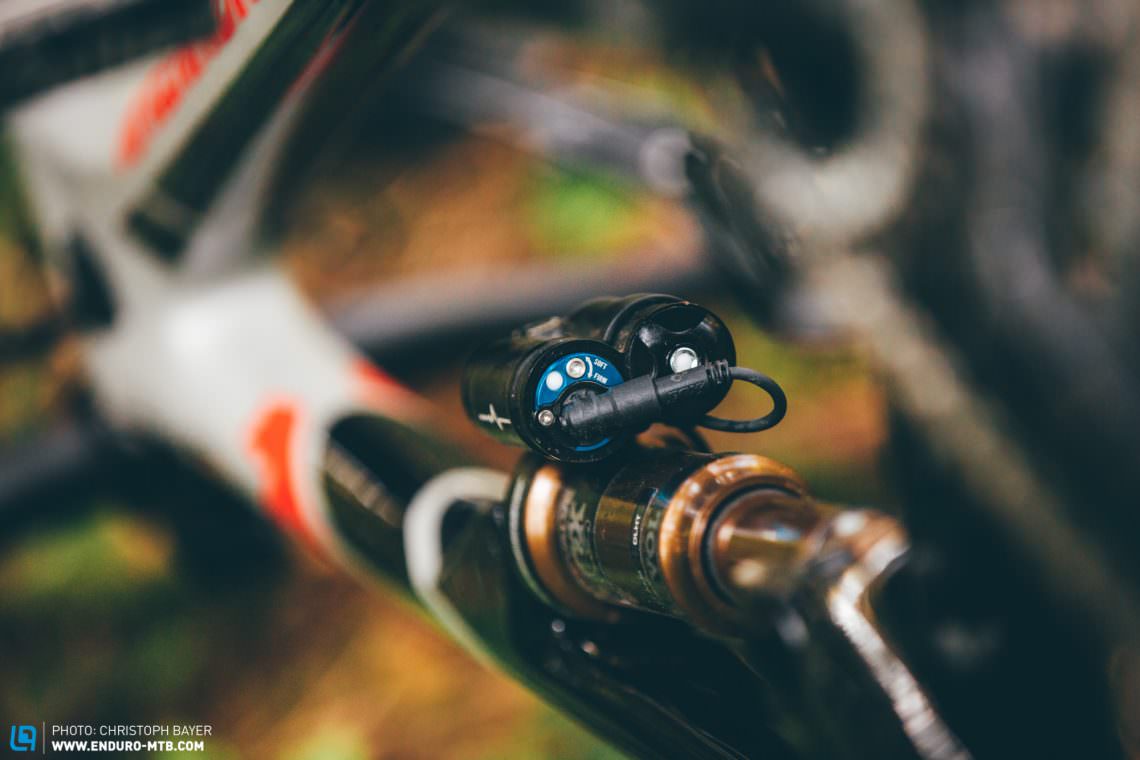
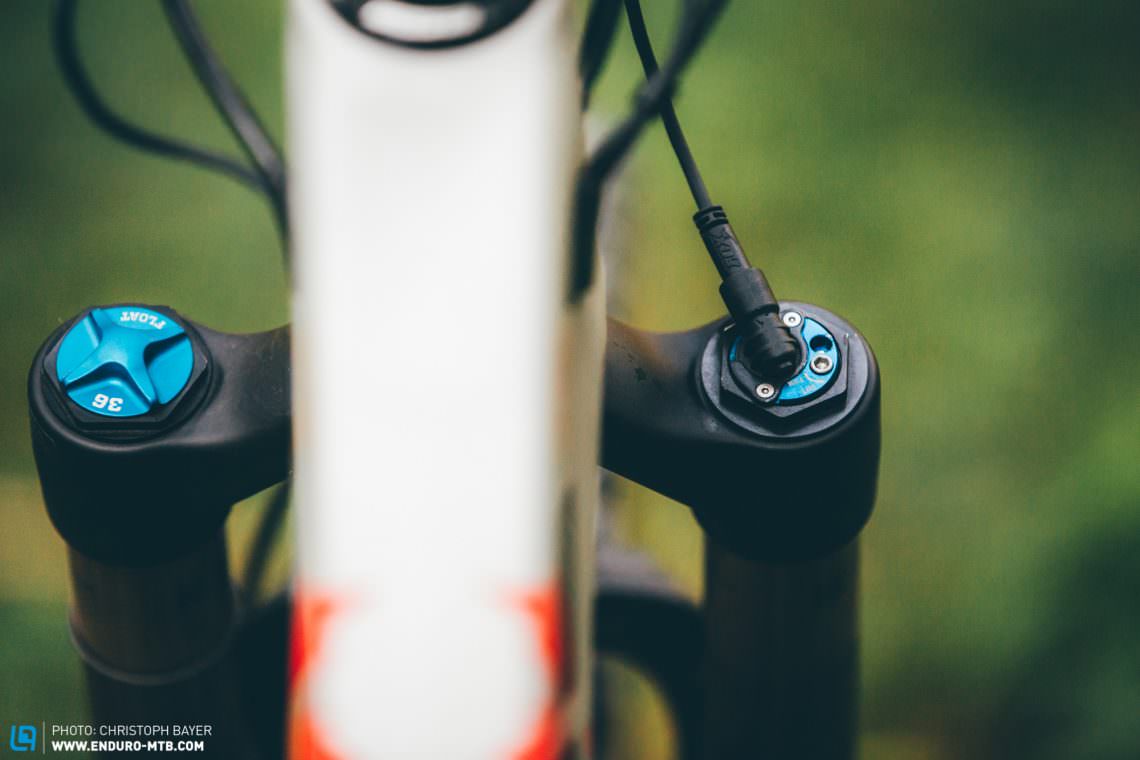
Surely the system will need electricity, how long does the battery last?
The valve consumes the most power in the system when opening and closing. The sensors themselves require little energy. FOX indicates that the battery life is between 16-20 hours depending on the terrain. This is in line with we experienced. We usually had to charge the battery once every 2-3 weeks. If the bike doesn’t move for more than 1.5 hours, the system switches off automatically.

What happens if the battery suddenly runs out while you’re riding?
Unlike an electronic drivetrain, an empty FOX Live Valve system won’t completely ruin your ride. The system then simply switches to the open mode, so you’ll have just as much fun downhill, though of course climbing is less efficient. As soon as you are near a power outlet again, it’ll merely take 15 minutes to recharge the battery enough for a 2-hour ride.

Who is the system intended for?
There is currently no fixed area of application. However, trail and enduro riders will probably benefit most from the system. But it could also be used on XC and possibly also on downhill bikes
How much does the system weigh?
The exact weight of the complete system is difficult to determine as it varies depending on the shock and the fork. The battery weighs 72 g, the controller including sensors 104 g. According to FOX, the entire system weighs 144 g more than the mechanical Twin-Loc system on a SCOTT Genius.
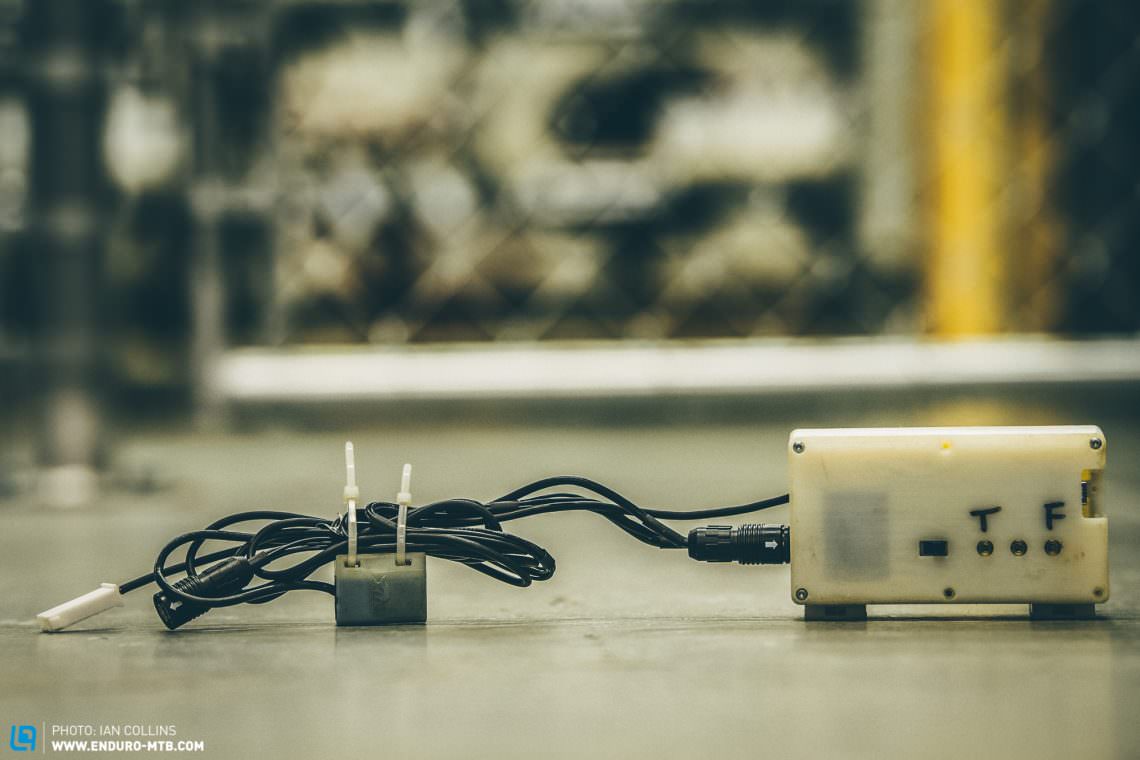
Can I retrofit the FOX Live Valve system to my bike?
In general, it is possible to retrofit the FOX Live Valve system on bikes that are FOX Live Valve ready. Such as is the case with models from SCOTT, Pivot, Giant and Rocky Mountain, for example. Many other brands have also announced the launch of live-valve-compatible bikes.
What does the FOX Live Valve system cost?
The complete aftermarket kit including fork and rear shock costs between 3,000 – 3,250 USD depending on whether you use a FOX 32 Step-Cast, 34, 34 STEP-Cast or 36 fork. Bikes that already have the FOX-Live-Valve system installed as standard will probably cost about € 2000 more on average.
The most important question: How does the live valve system work and is it worth the extra cost?
To find out, we tested a Live Valve equipped Rocky Mountain Altitude for several months. You can read our review on the following page.









